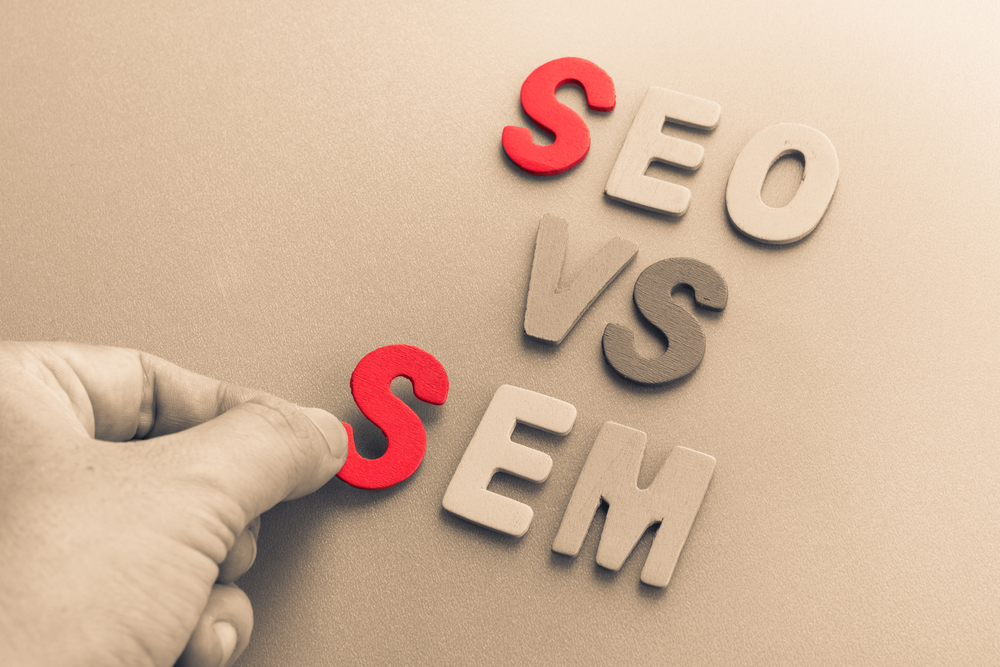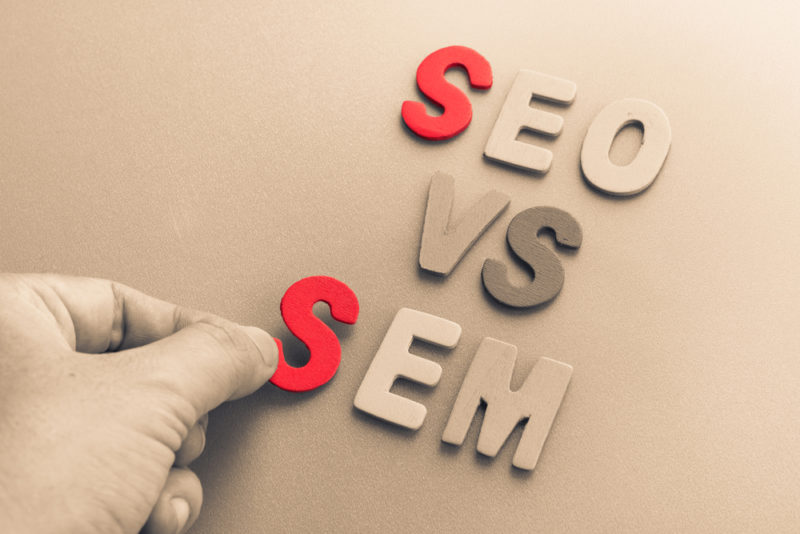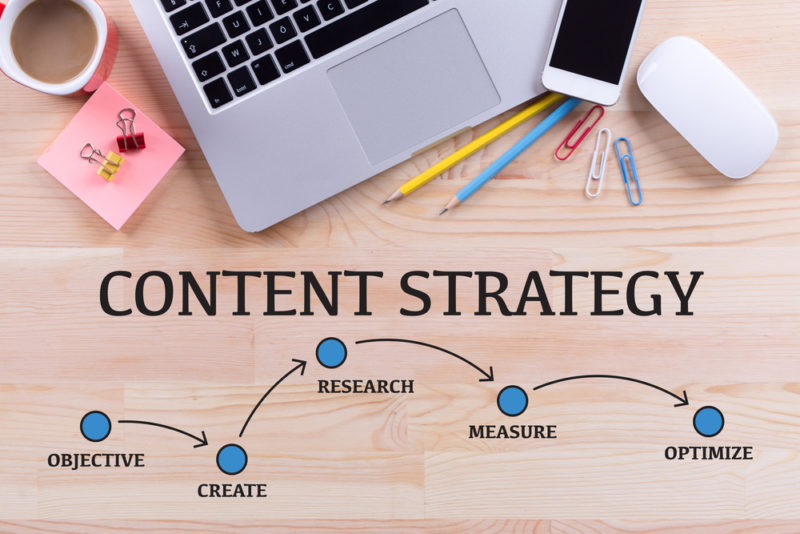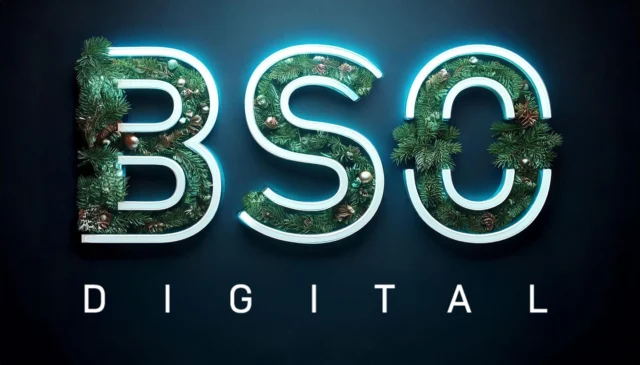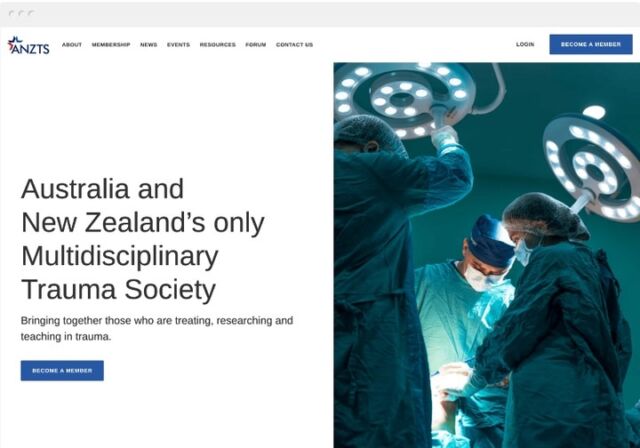It can often be difficult to tell if there’s a difference between SEO and SEM. Some even wonder if there’s a difference between them. SEO and SEM can be confusing concepts to grasp as they often overlap. Especially since both processes aim in increasing visibility in search engine ranking. However, the difference is actually simple to understand. So join BSO Digital as we discuss the difference between SEO and SEM.
What is SEO?
SEO is an acronym for Search Engine Optimisation. It involves optimising your website to make it more attractive to the SERP – Search Engine Results Page – to get free traffic. A well optimised website makes it more easily understood by search engine crawlers, increasing your chances of ranking higher. SEO, unlike SEM, aims to gather organic traffic which is free and unpaid. SEO takes more time and patience than SEM to see results, but this can lead to higher quality, longer term results than SEM.
Organic search is highly valuable. A study of online searches done in 2017 showed that there are over 6 billion searches done daily. As a result, it is widely accepted that people across the world use search engines to find solutions to problems, answer questions, learn to do something, or buy something online. The fact is, search engines can drive massive amounts of traffic to websites and that traffic can convert into leads and sales. So, it’s no surprise that SEO is considered highly valuable part of online marketing.
Further, users who have trained themselves to ignore advertising will skip Google AdWords and look at the top organic results instead. While SEO requires a little more patience and work than PPC marketing, once you have established search credibility, it can be high sustainable. SEO lets you constantly tweak your efforts over time to improve your results, without needing to pay for impressions or clicks.
On-site and Off-site SEO
The two main pillars of successful SEO are on-site and off-site SEO. On-site SEO can be easily applied throughout your website and/or blog to ensure it is search engine friendly. This involves the smart integration of keywords, secondary keywords, optimising titles, metadescriptions, correctly using H1s, H2s, images and more.
Further, it matters what type of audience you are going after and how you want to reach them with your content. Since Google implemented Panda, Penguin and Hummingbird, SEO and SERP results are focused on content quality and value. Search engine crawlers now read content in a way similar to human readers, meaning black hat techniques of keyword stuffing are no longer effective. In fact, black hat techniques like this could now cause a decrease in your ranking
Off-site SEO refers to getting backlinks from other websites for the purpose of increasing the trust of your website in the eyes of search engines. However, backlink curating is a delicate task. It is not only a matter of how many links that come to your website, but the source of those links. As a result, if you have a high number of links but they come from a number of untrusted, then you might also see a down turn in ranking. Again, old school black hat SEO would see a number of untrusted, directory or zombie farm websites to create backlinks for websites. But in modern SEO, these types of backlinks are no longer appropriate and can be detrimental to your site.
SEO and Brand Awareness
If customers don’t recognise a brand, then they don’t know you as well as they know your competitors. The bottom line is, building brand awareness is important and improves your long term prospects. Social media and offline marketing are an important part of putting your brand in the forefront of customer’s minds.
SEO, however, also has an important role in building brand awareness. Well-constructed SEO helps target customers
and make them aware of your products or services. Further, it puts you in front of your key audience when they search for your keywords.
Consider keywords as the doorways to your business online. Ranking for the right keywords means more visibility. As a result, when people see your website in search results, it contributes to brand awareness and building a stronger online brand.
SEO and Content Marketing
SEO helps you connect to target audiences online by providing them with the information they’re looking for. Crafting quality content helps keep customers on your site as well as converting them from leads to sales. Blogging can also help build a relationship with potential customers. Further, it helps solidify you as a market authority and makes a positive effect on your branding.
As a result, SEO intersects with content marketing. You need to be sure that your content is optimised to work with your keywords, without keyword stuffing your content. Leveraging your content helps grow your brand as well as educate target prospects and turn them into customers. By creating incredibly high-quality content that your audience finds helpful, you establish credibility. As a result, this can help you rank higher and retain that ranking. Creating great content is one of the most reliable ways to increase search engine traffic.
What is SEM?
SEM is search engine marketing. SEM goes beyond SEO and is a way to funnel relevant traffic from search engines. This is done by buying paid or sponsored ad listings. While many search engines do this – such as Yahoo and Bing – the most popular is Google via Google AdWords. SEM helps advertisers gain visibility in search engines by driving the right kind of traffic to your website without having to wait for an SEO campaign to take effect. As a result, it is important to have a strong, dynamic SEM strategy for the best return on investment.
The goal of SEM is getting more visibility in search engines buy bidding on and buying advertising space in search engine results. This is generally in the area above the fold on the SERP – Search Engine Result Page. It is an attention focused form of advertising where well crafted, relevant advertising allows you to reach the top of the SERP immediately by outbidding competitors.
SEO and SEM work together to raise awareness of a brand. While SEM can bring immediate results and push you to the top of the SERP, SEO allows you to also dominate organic results and improve brand credibility.
SEM Advertising
SEM traffic is considered one of the most important sources of internet traffic. This marketing process involves methods, including PPC advertising – also known as pay-per-click. SEM allows you more immediate control and results than SEO. As a result, you can tweak and test every little detail of an advertisement, controlling every aspect of the message you are crafting. This means you are not as limited as SEO, allowing you to be more promotional and persuasive.
In fact, every single part of an SEM advertisement can be customised for the highest click through rate in order to showcase a product or service better. PPC advertising can also involve display advertising and visual shopping aids. This increases brand visibility compared to organic listings that only contain plain text.
SEM Control and Targeting
While SEM involves ensuring you bid on the right keywords for an accurate PPC campaign, once you have targeted the right keywords you can laser focus on the users actually searching for your product or service. This means you get seen by people who are interested in your niche, which helps boost your brand visibility. This, in turn, indirectly affects the amount of business you get.
Further, even if people are not clicking on your ads, they may search for your product in the future. This is because paid ads help immensely in terms of getting in front of your target audience. 
SEM and Advertising Analytics
Another fantastic element of SEM and PPC campaigns is that results can be intensely analysed and conversion related problems can be fixed quickly. Instant feedback helps remove any guess work – something that isn’t possible with SEO.
Further, different updates in the SEO make it extremely volatile. These frequent changes can affect website positions in organic search results. SEM provides more stability as AdWords is based on bidding against other advertisers and is affect by market place competition. As a result, quick results with PPC are not only possible but completely doable, unlike SEO. It shouldn’t be surprising to see big results from a PPC campaign that’s only running for a few weeks. This makes PPC and SEM ideal for releasing new products and allows for split testing for better ROI. By receiving critical data on ad performance to improve on return, you can make adjustments as needed, when need.
Would you like to know more about SEO and SEM advertising? BSO Digital have in house SEO and SEM experts to help your business improve brand awareness and ranking. Contact us today to discuss your campaign!
